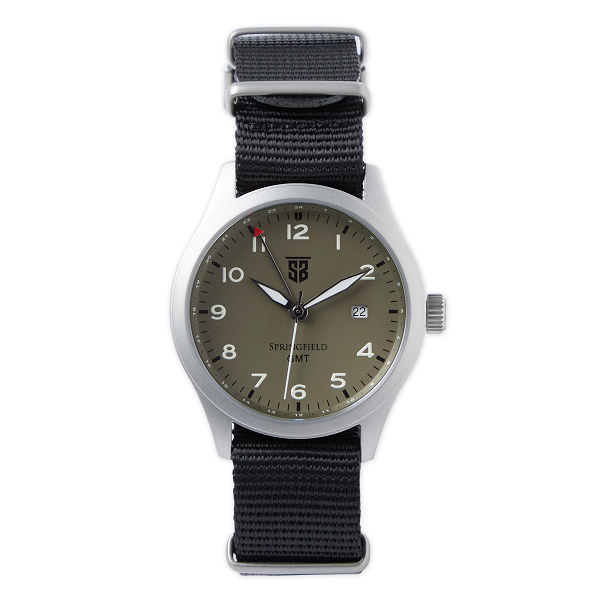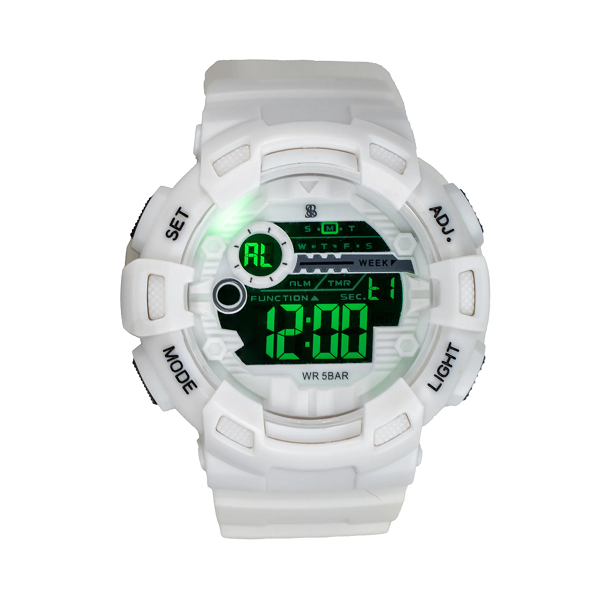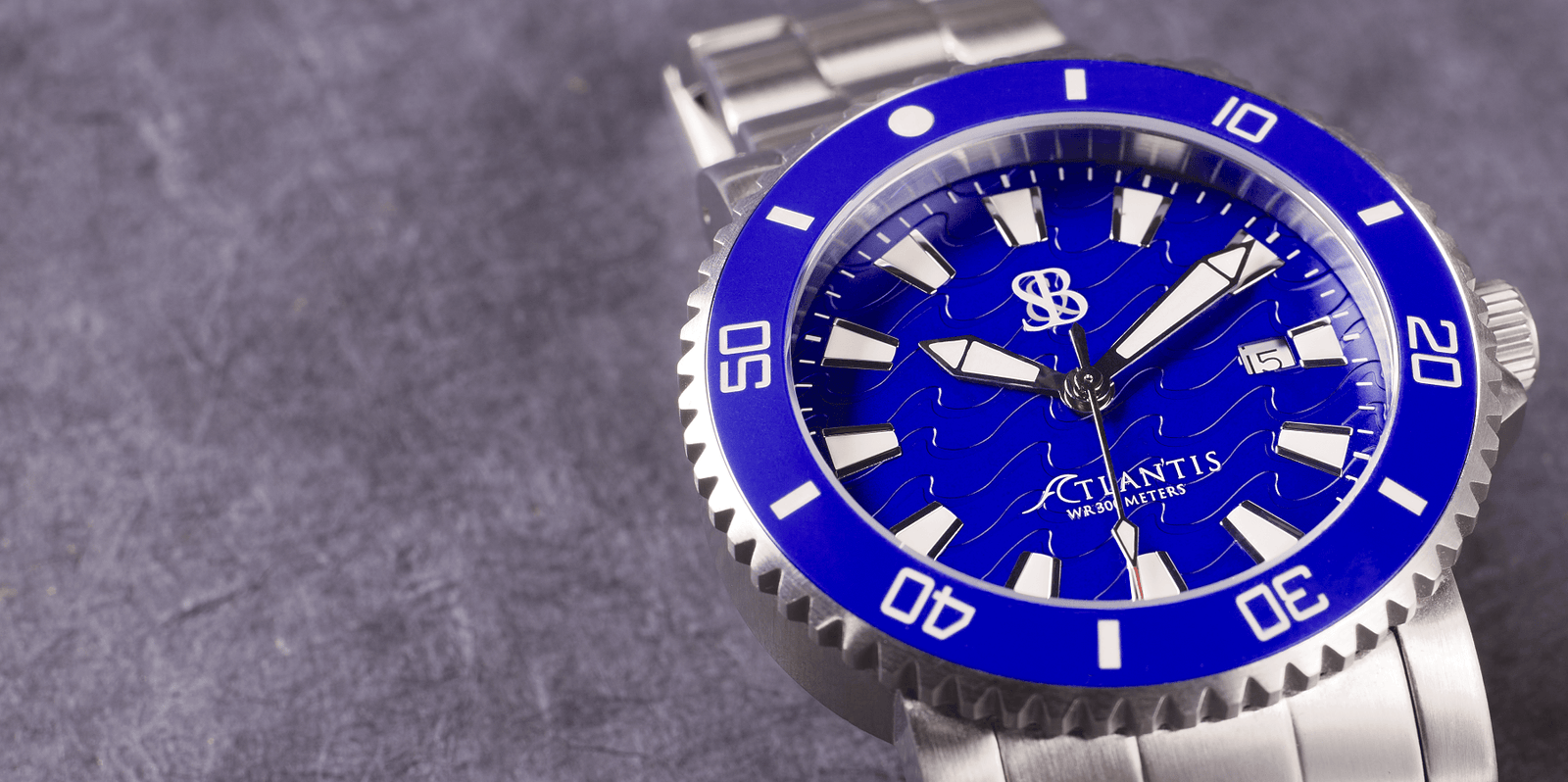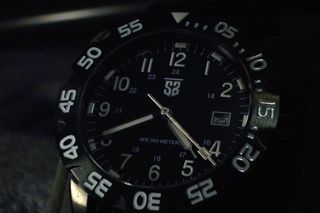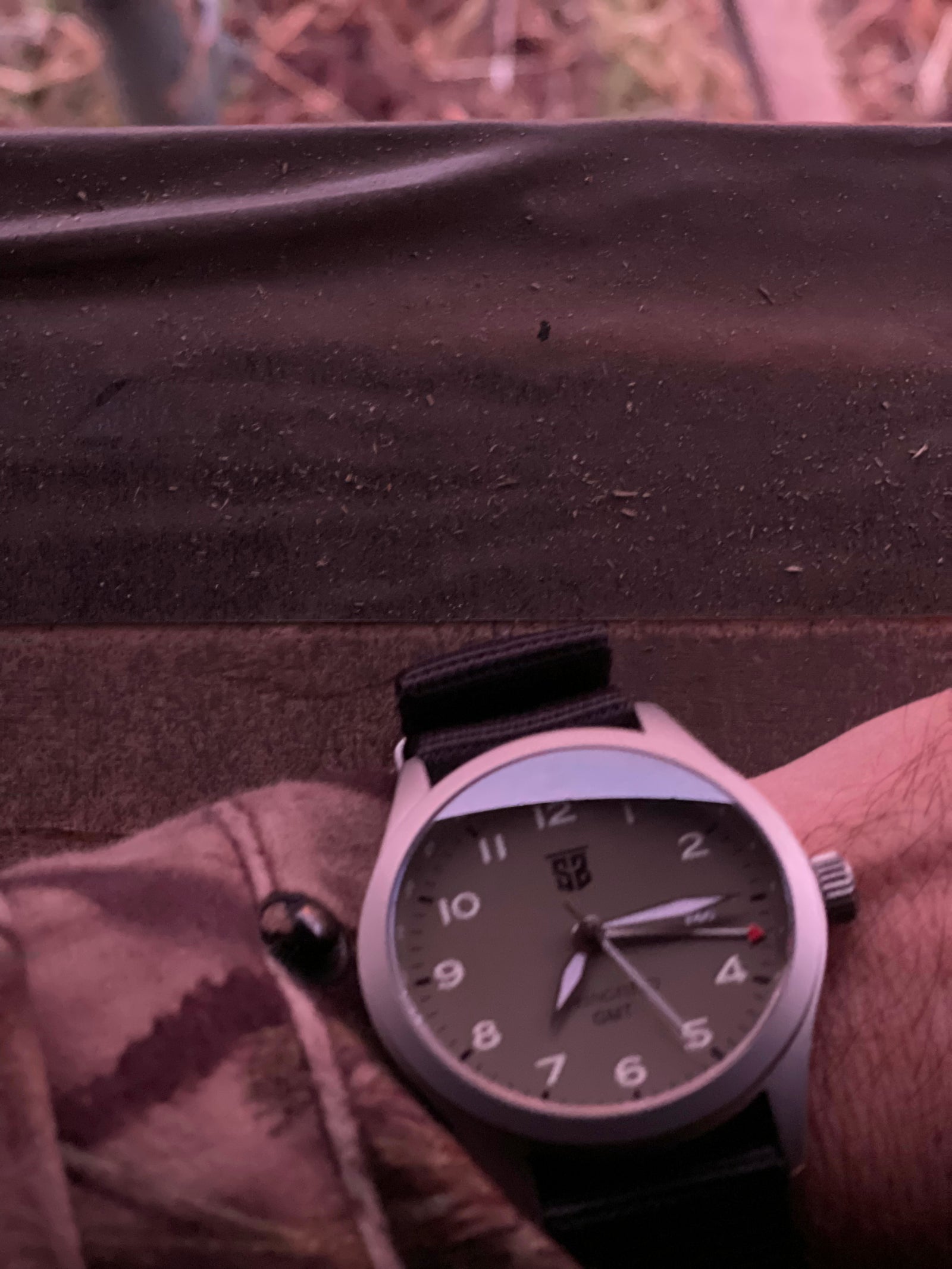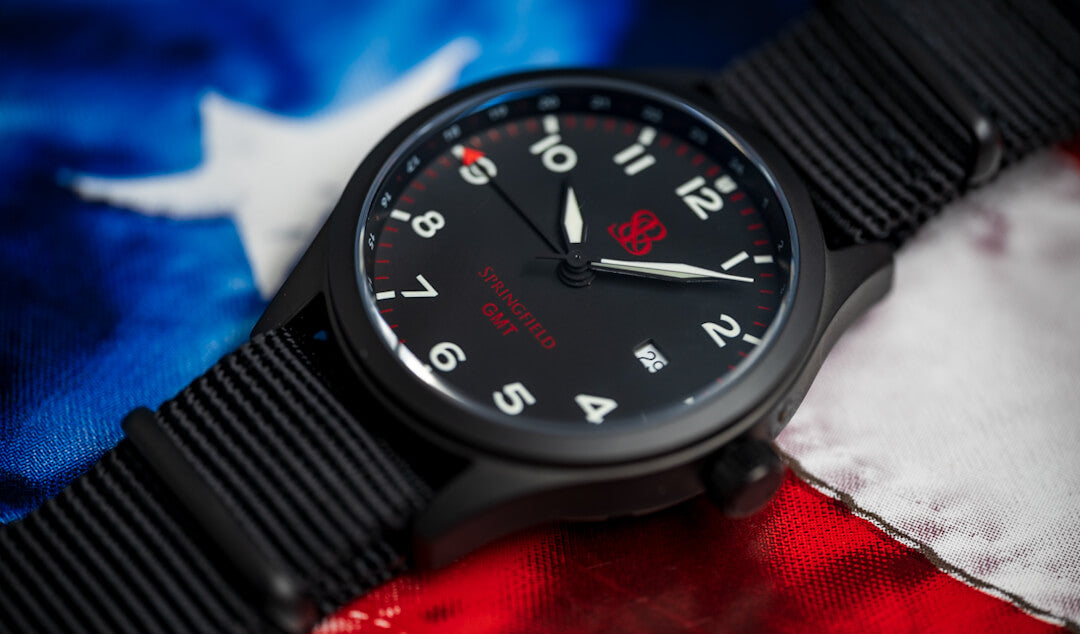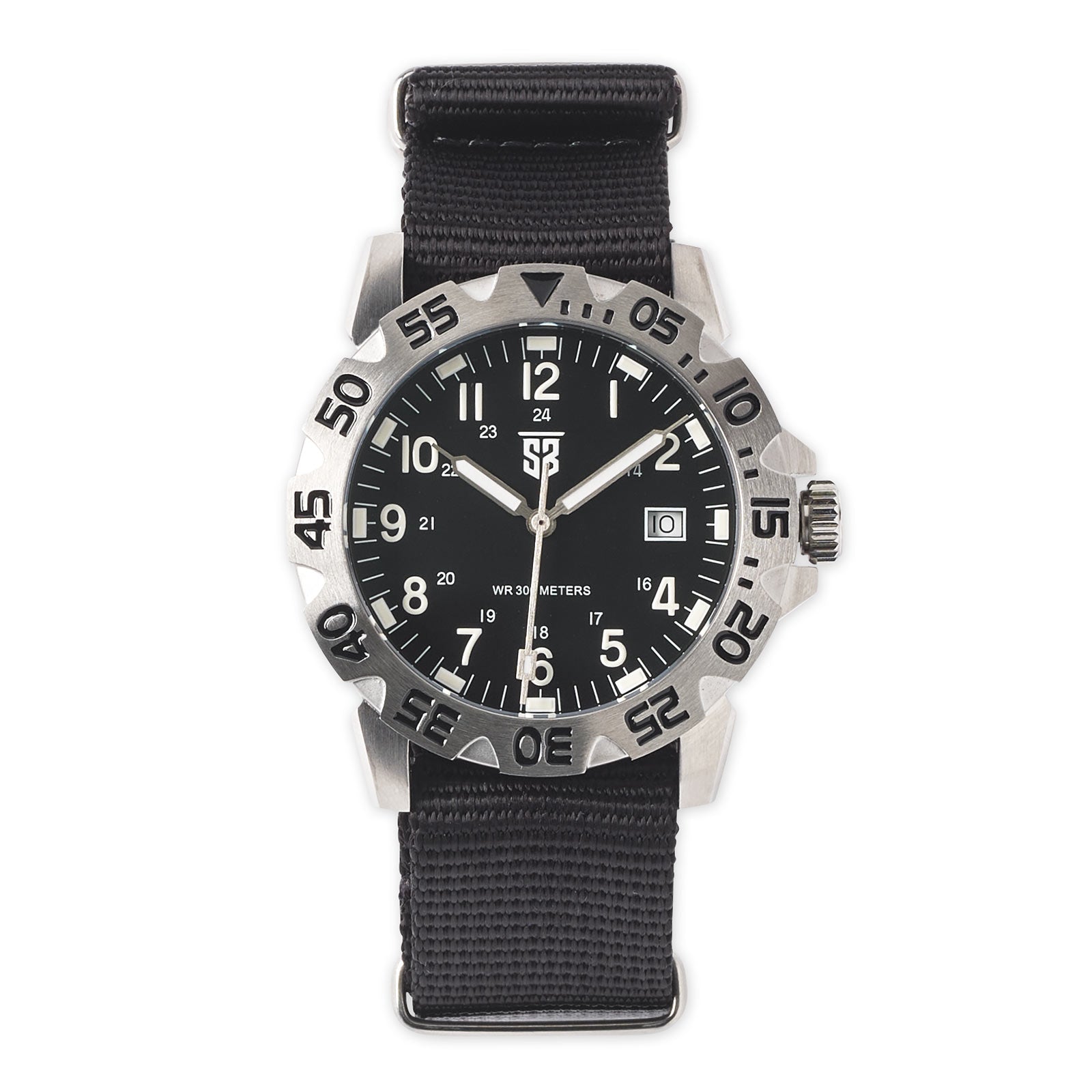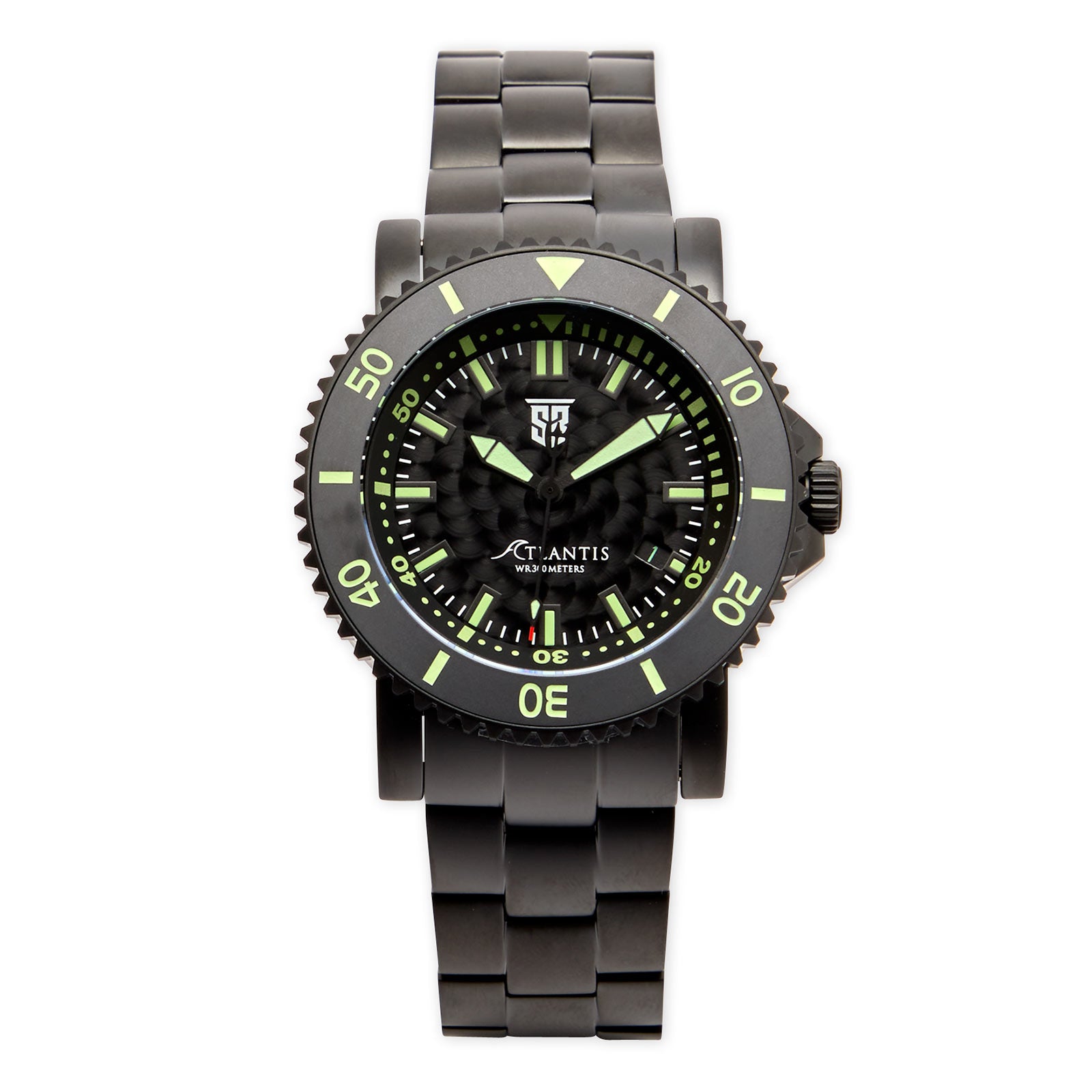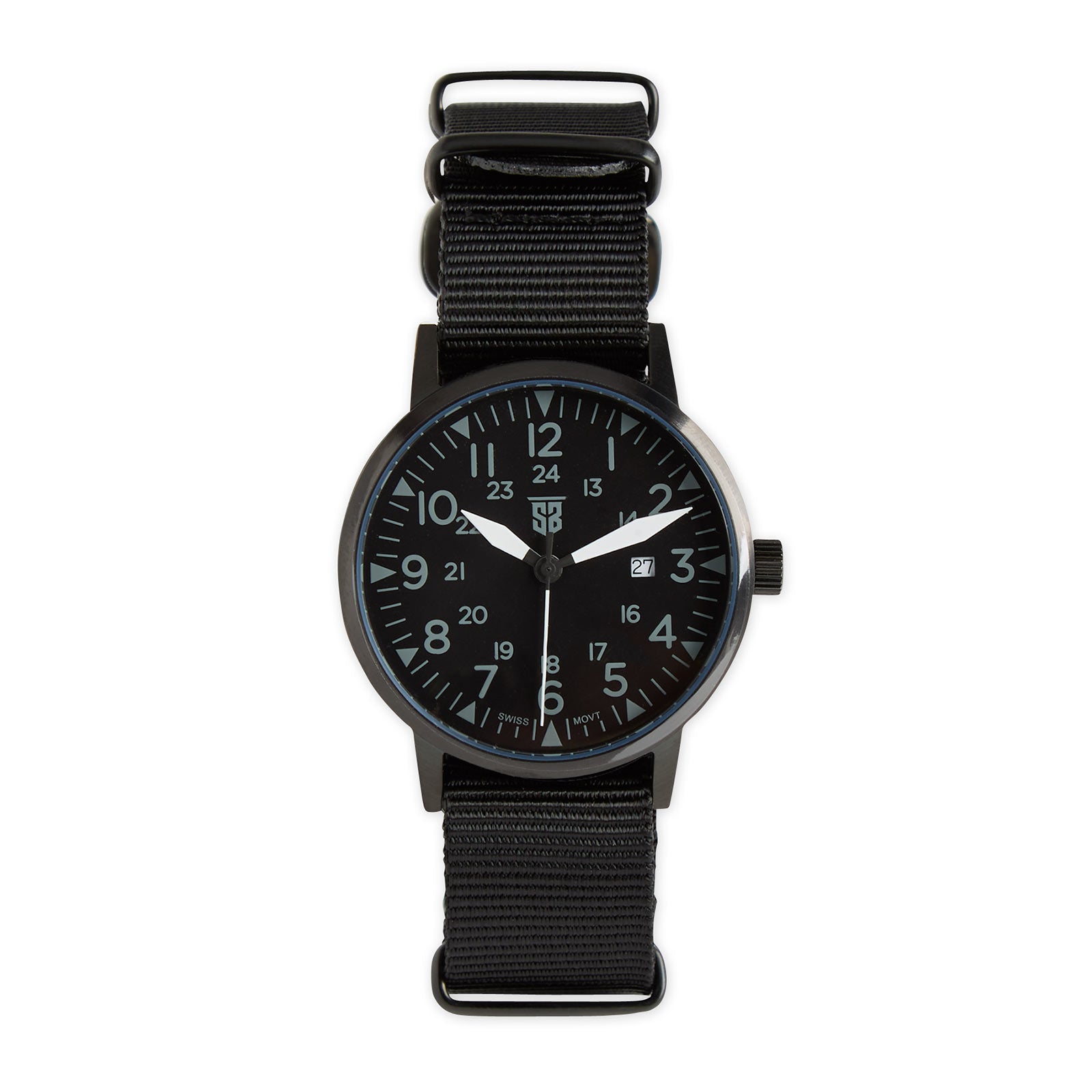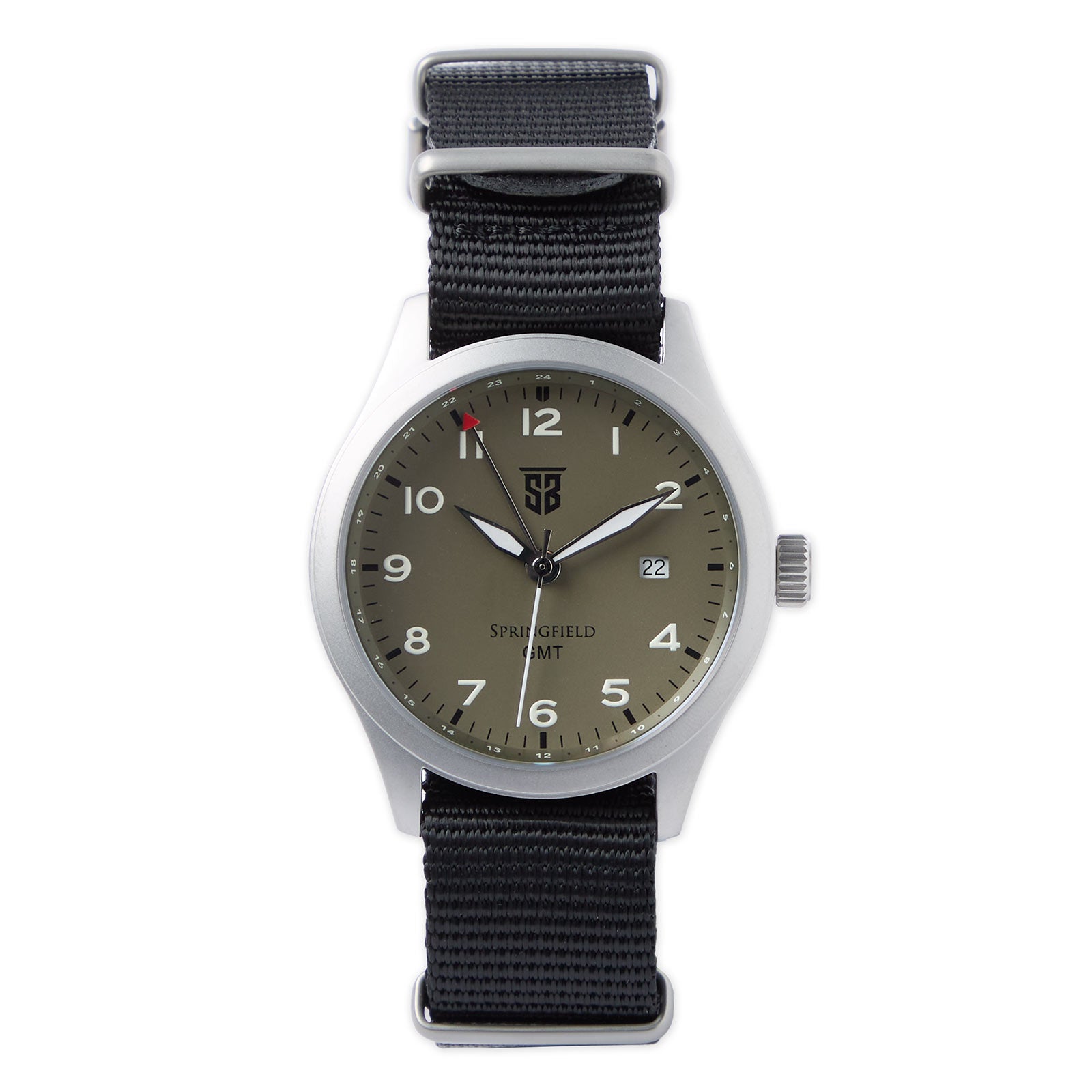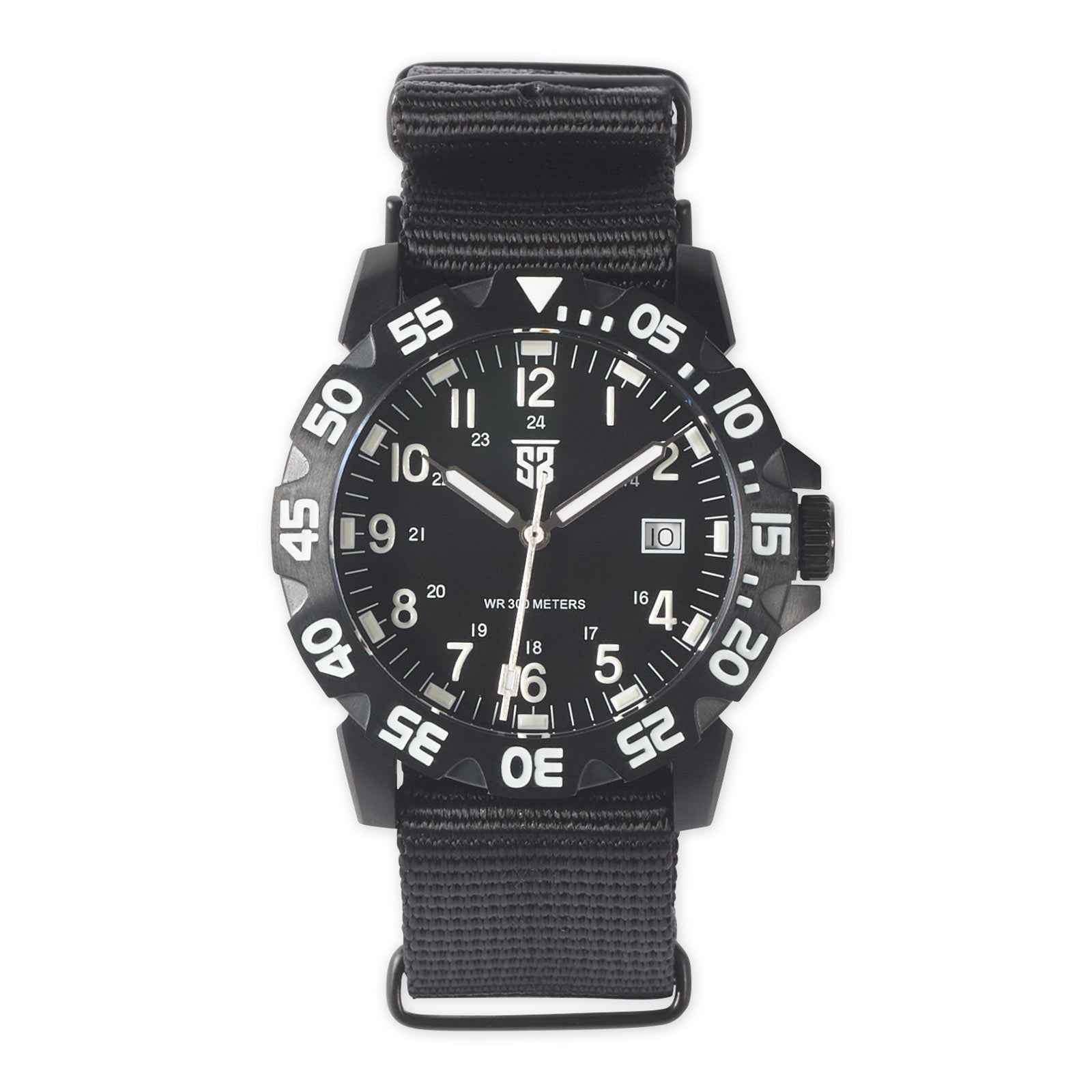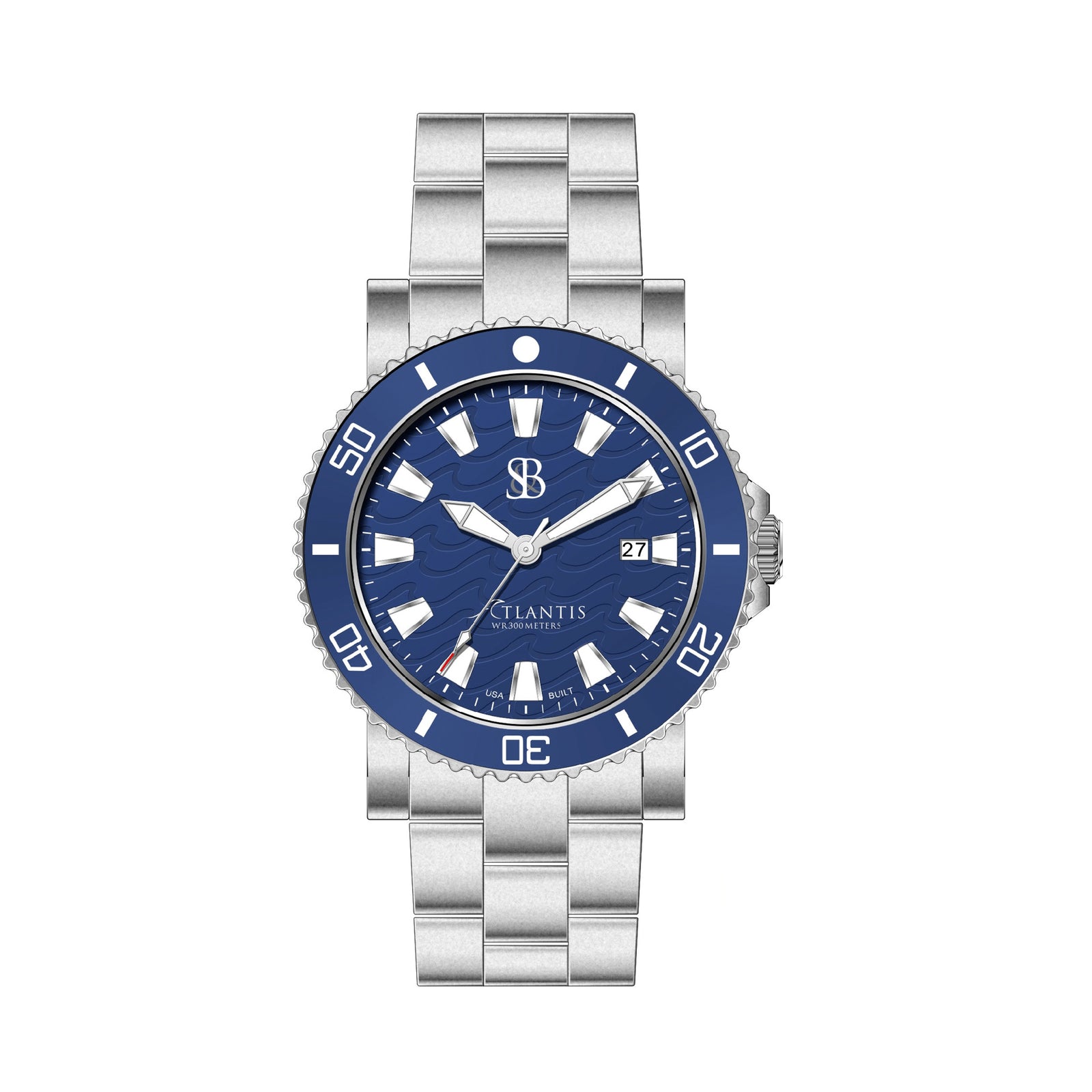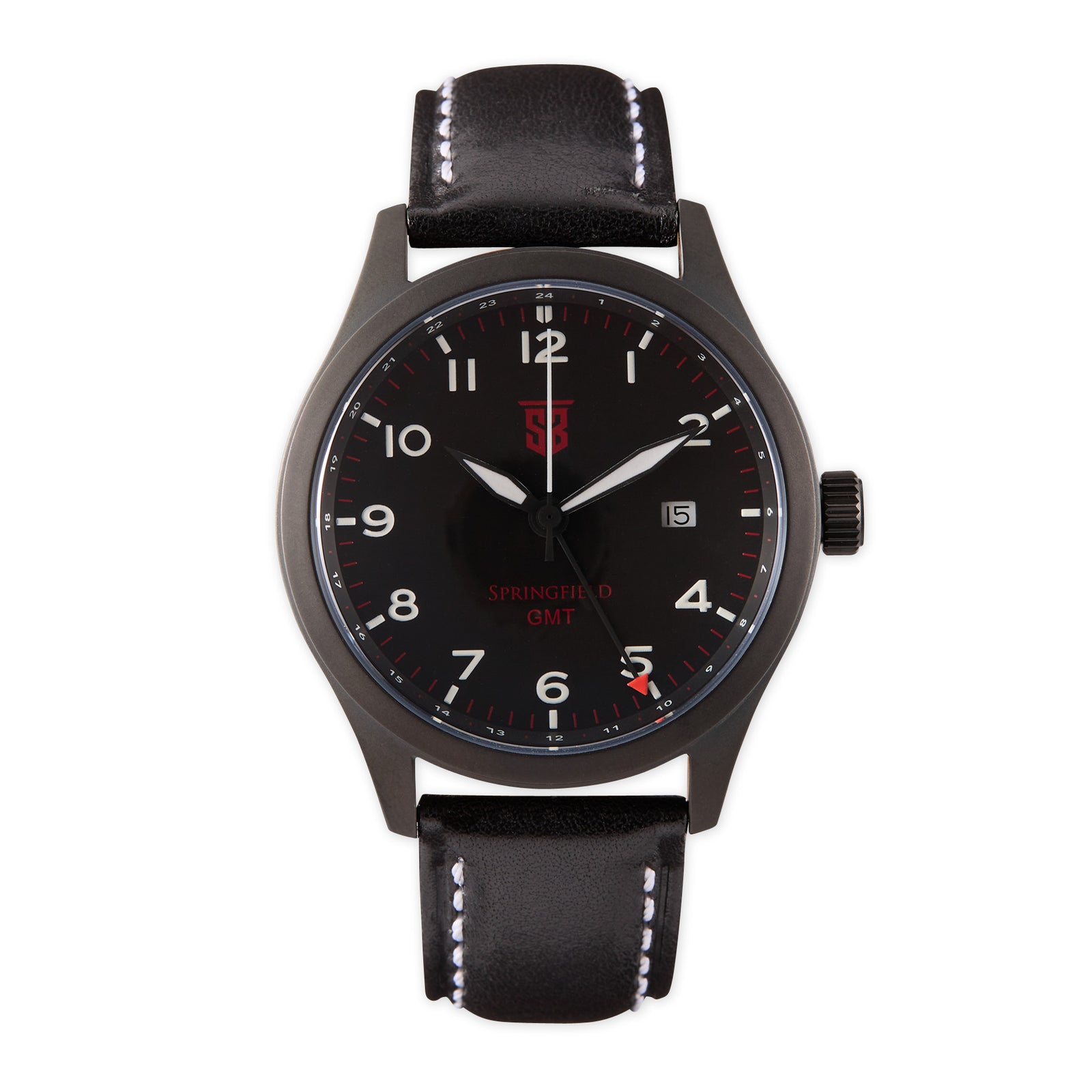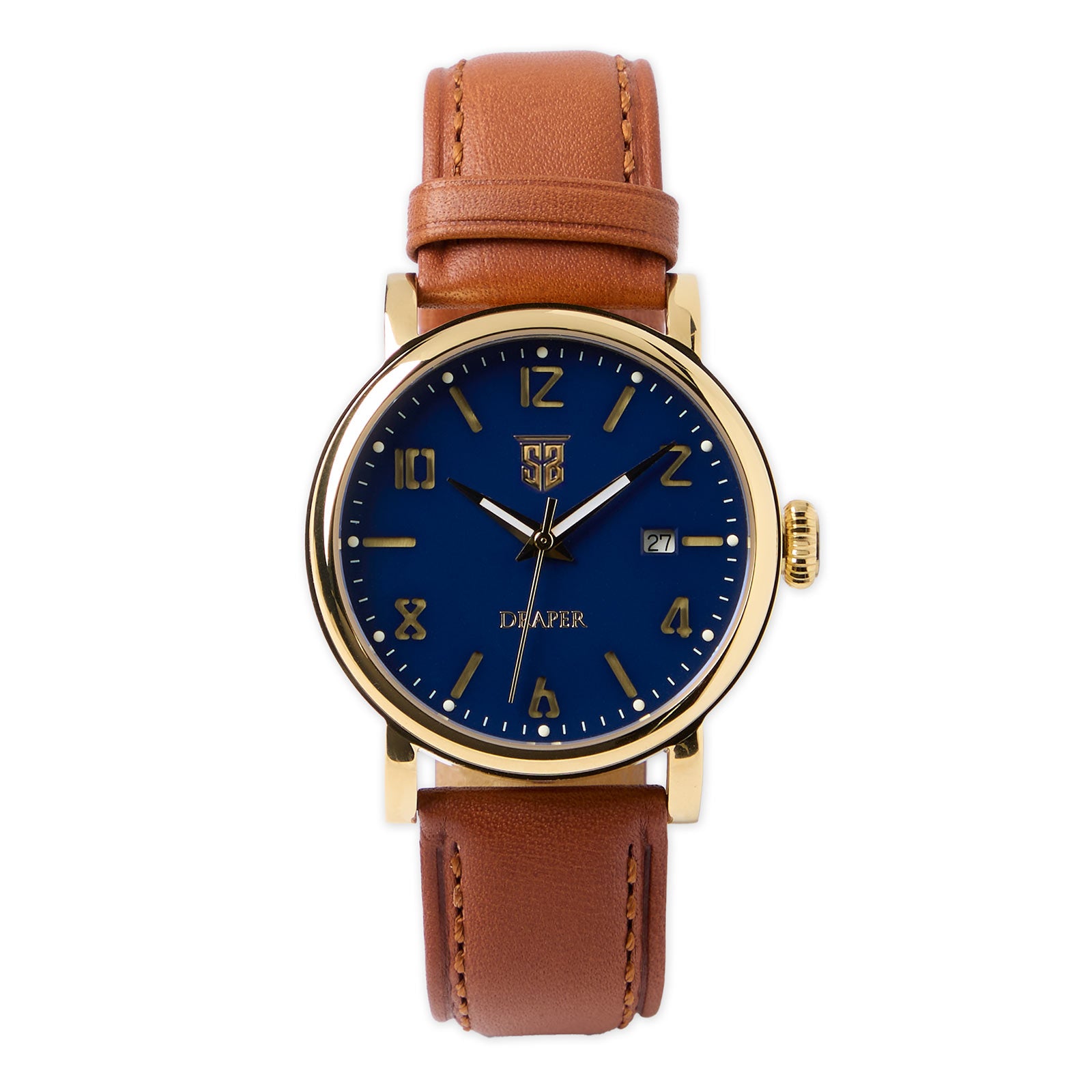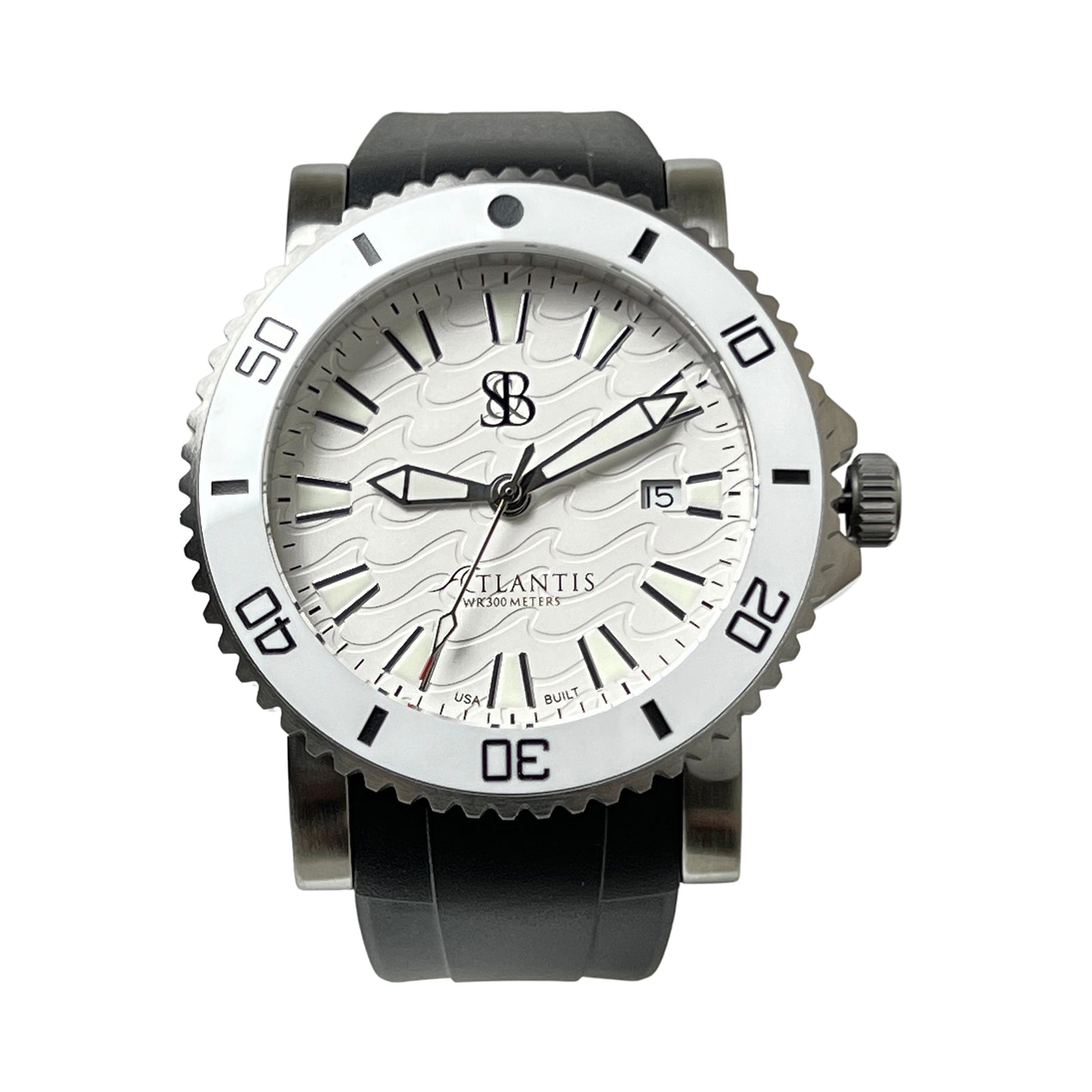How to choose the best blue diver watch for you
Dive watches are peculiar. Not only do they have to look great, they have to function under unique circumstances. Three key problems assault every dive watch: water, pressure, and performance. A great dive watch also does something else: it tells the world that you are a diver. It can signal your love for the ocean and sea. So how do you choose a watch that does all three?
What Makes a Great Dive Watch?
A dive watch starts with depth. A great dive watch can go to 300 meters deep, which is almost 1,000 feet below the ocean’s surface. This depth allows you to really push your limits without worrying about your watch.
At that level there is approximately 441 psi or 3,000 kPa’s of water pressure on your watch (and everything else you have on). That’s enough pressure to require that your watch be designed to handle it. Of course, it’s not just pressure. A drop of salt water inside the mechanics of your watch will ruin it.
So a great dive watch starts by being designed as a diver. It starts with pressure and water. Then you layer on the capabilities that divers need when underwater. Only once you’re through this process can you add on the beautiful details that set it apart from other watches.
Many niche watch companies shy away from deep diver watches. At Smith & Bradley, we focus on making watches that can be worn in any situation. So, we had no choice but to make a great dive watch for men.
What Features do you Need in a Dive Watch?
Your dive watch needs to deliver on some key features:
- Lockable crown (required for 300 meters of depth)
- Waterproof materials used
- Time tracking bezel
- Needs to be luminescent
- Signals your love of diving
Here’s a little more depth on each of those.
DIVE WATCH REQUIREMENT: LOCKABLE CROWN
First, the lockable crown. If your dive watch is going to fail, it’s because you forgot to lock the crown. On dive watches, the crown can be turned clockwise to lock and seal the internals of the watch from the ocean. Every time you dive, take a minute and lock your crown. Okay, PSA is over.
Lockable crowns are required to get a dive watch to 300 meters. We make our crown lockable into a notch so you can glance down and know whether the crown is locked. You’ll see a space if it’s not. This design has a side benefit: nothing catches on the crown while you’re underwater. Nothing will pull it open or break the crown off your watch. It’s a good way to protect your watch.
DIVE WATCH REQUIREMENT: WATERPROOF PARTS
Next, make sure the whole watch is waterproof. We’ve seen a lot of dive watches sold with leather watch bands. Not a good idea. The leather cannot stand up to the saltwater of the ocean. We recommend rubber of stainless steel watch bands on our dive watches. These work great. NATO straps can work as well, but they do tend to break down over time.
Other key components are important too. We use only sapphire crystal for the front of our dive watches. This crystal is tougher than glass (even mineral glass) and is less likely to crack, scratch or break if you hit a coral reef with your watch. See more about why we use sapphire crystal here.
And finally, a comment on movements. Cheap watch movements often fail at the worst possible time. It’s worth getting a Swiss movement. They are much better than any competitive watch movement and will last your lifetime. Smith & Bradley only uses Swiss movements in our quartz watches and mechanical watches. You can’t have a watch that fails when you’re 500 feet underwater.
DIVE WATCH REQUIREMENT: TIME TRACKING BEZEL
As a diver, you know that those oxygen tanks are limited. You can only dive so long before you have to be heading back to the surface. A great dive watch has a turnable bezel that allows you to mark time. But, and this is key, crummy dive watches have two way bezels. Good dive watches have one way bezels that only turn counterclockwise.
Why does this matter? Because it’s easy to hit your watch on things. Coral. Your leg. Your mask. And you’re most likely to hit your watch in a way that turns the bezel clockwise (due to the location of your left hand). A unidirectional bezel won’t turn and mess up your time tracking. This is critical underwater.
Also make sure the bezel has a satisfying click. Loud enough that it can be heard. That way in the unlikely event that you do hit in a way that adjusts the bezel, you can hear it. And guess at how much it changed. This is a part of great dive watches that some buyers miss. Think about the watch bezel.
DIVE WATCH REQUIREMENT: NEEDS TO BE LUMINESCENT
True dive watches also glow in the dark to make sure you can see the markings as you get deeper underwater. It doesn’t take much luminescent to make a watch readable, but be sure you get long-lasting luminescence that won’t fade over time.
Some watches are so bright they glow in the daytime. And that brightness typically fades pretty quickly. We build ours to give just enough light that you can see the watch well, but the glow will last for decades.
When you’re diving into the deep, you’ll always have light on you. But being able to glance over and see the time is convenient and helpful. So choose a dive watch with a little glow to it.
DIVE WATCH REQUIREMENT: SIGNALS YOU’RE A DIVER
At first, this sounds silly. But do you love diving? Do you love talking about diving? Then send a signal to other divers that you’re interested. You’ll be shocked at how many people bring up diving when you’re wearing what is clearly a dive watch.
Our most popular dive watch is a bright blue color and won’t be mistaken for anything but a dive watch. The color is also great underwater because of the contrast between the bright blue and the markings on the watch makes it very readable.
Dive Watches are not just for Divers
We recommend dive watches for anyone who is around water a lot: Sailors, Boaters, or anyone working on or around water. Since dive watches are designed to handle water and water pressure, you can be sure that you won’t have problems with a dive watch.
Most watches will have a slight water resistance (maybe to 10 feet or 100 feet). But a dive watch is made to withstand much more water. Also, a 10 ATM watch might still have problems with saltwater. A true dive watch will be designed to handle saltwater.
Now You Can Buy a Dive Watch
Now you know what to look for in a dive watch:
- Water resistance to 300 meters or more
- Parts and pieces that can handle saltwater and water pressure (no leather)
- A unidirectional bezel
- Some luminescence underwater
- A style that says you’re a diver
We can guarantee that all Smith & Bradley dive watches will stand up to your expeditions. We’re so confident that we give you a lifetime guarantee on all our watches. It’s unique to the industry.
So shop dive watches here. And the next time you go diver down, be confident in your wristwatch!





